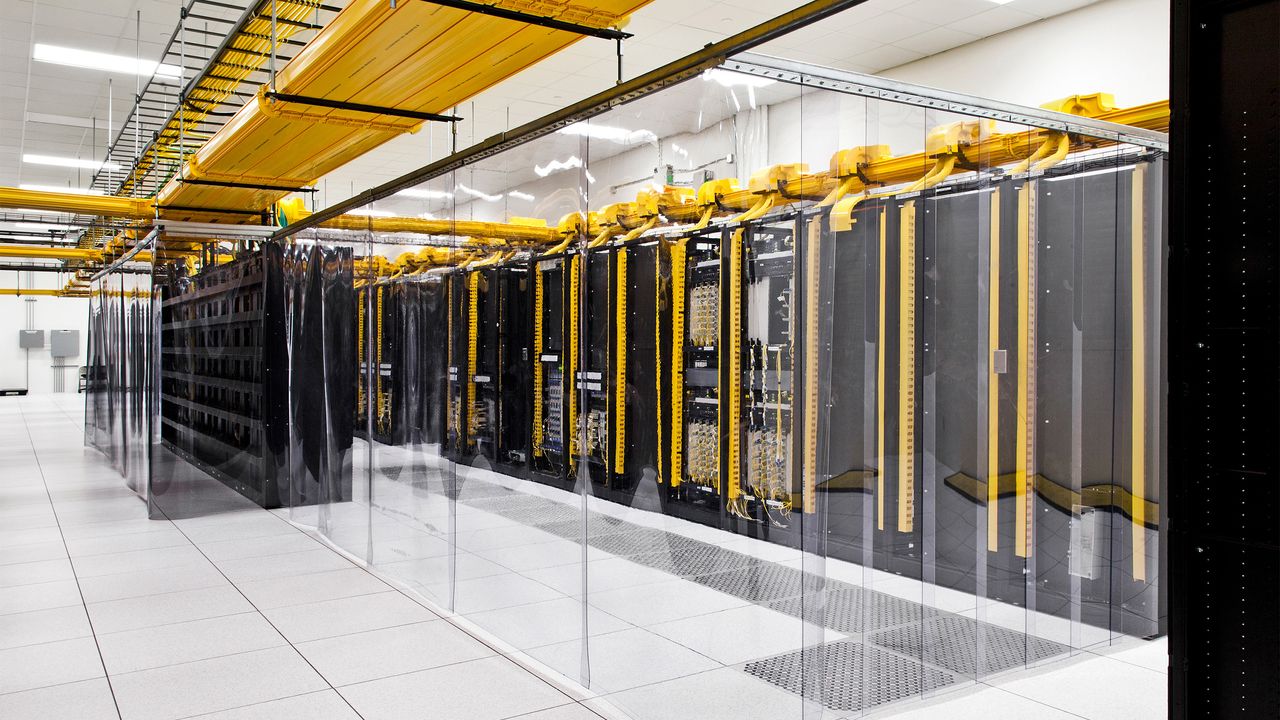China Builds Nationwide Network to Sell Data Center Power — Overcoming Latency and Hardware Hurdles

The Shift in China’s Data Center Strategy
China's rapid expansion of data centers has led to a significant surplus of computing power, with many facilities remaining underutilized. This situation has prompted authorities to reassess their approach to data center development. A national plan is now being crafted to regulate growth, optimize existing resources, and create a unified computing network that can sell unused capacity to those who need it.
From Boom to Bust: Idle Data Centers
The "Eastern Data, Western Computing" strategy drove the construction of hundreds of large-scale data centers in China's western regions, where electricity costs are lower. These facilities were intended to serve demand from the more economically developed eastern areas. However, analysts have pointed out that building in remote locations often leads to higher latency, which negatively impacts the demand for these services, especially for applications that require real-time processing.
Many data centers were constructed under the assumption that state-owned companies and government agencies would purchase their computing power. Unfortunately, this demand has not materialized as expected, leaving many facilities operating at only 20% to 30% of their capacity.
Despite the weak outlook, investments in data centers continued to rise. In 2024, state spending on data centers reached $3.4 billion, surpassing the previous year's figure. So far this year, approximately $1.73 billion has been allocated for data center infrastructure, according to government procurement data.
Scrapping Projects and New Restrictions
Local governments are now concerned about the long-term viability of their investments. Over the past 18 months, more than 100 data center projects have been canceled, a sharp increase from just 11 cancellations in all of 2023. In response, the National Development and Reform Commission (NDRC) is conducting a comprehensive review of the sector and implementing new restrictions to prevent overbuilding.
Projects are now subject to more rigorous reviews, and there is a ban on small-scale computing infrastructure funded by local authorities. The goal is to eliminate projects that lack economic justification and ensure that new facilities meet efficiency criteria, such as minimum utilization thresholds and purchase contracts.
Centralized Cloud Platform Initiative
In parallel, the Ministry of Industry and Information Technology (MIIT) is exploring the creation of a centralized cloud platform that would aggregate unused computing power across the country. This platform would offer computing capacity as a service through a national network, in collaboration with three state-owned telecom providers: China Mobile, China Telecom, and China Unicom.
However, several technical challenges must be addressed. When the "Eastern Data, Western Computing" initiative was launched, Beijing aimed to achieve a network latency of 20 milliseconds, essential for real-time applications like financial services or high-frequency trading. Many western-region centers, however, fail to meet this standard due to infrastructure limitations.
Another major challenge is the diversity of computing hardware used across different facilities. Some data centers use Nvidia GPUs and the CUDA software stack, while others rely on Huawei's Ascend accelerators and the CANN software stack. This inconsistency makes it difficult to integrate them into a single, seamless cloud environment, posing a significant hurdle for the proposed unified platform.
Future Prospects and Challenges
The MIIT may need to offer clients a choice of hardware, which could help boost the utilization of Nvidia-powered clusters but may not significantly improve the use of Huawei-based facilities. Despite these challenges, Beijing remains committed to its national computing network.
Officials believe that centralized scheduling and orchestration of computing power will support China’s ambitions in AI and cloud services, potentially leading to better returns on investment for some projects. However, analysts note that integrating diverse hardware is an extremely complex task that will take time and may not fully deliver on its promise.